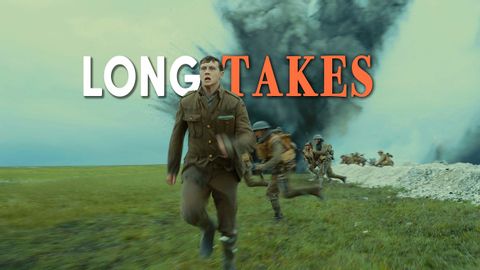ロング・テイクの極意 (The Art Of The Long Take)
林柏均 が 2024 年 08 月 01 日 に投稿  この条件に一致する単語はありません
この条件に一致する単語はありませんUS /ɪn'gedʒ/
・
UK /ɪn'ɡeɪdʒ/
- v.t.武力によって衝突する;雇用する;人の興味を引く;従事する;かみ合う;約束する
US /tɛkˈnik/
・
UK /tekˈni:k/
- n. (c./u.)技術 : 技巧 : テクニック;技能;技法
US /saɪməlˈtenɪəslɪ/
・
UK /ˌsɪməl'teɪnɪəslɪ/
- adj.異性愛者;異性愛の;正直で直接的;真っ直ぐな;きちんとした
- adv.率直に;まっすぐに;すぐに
- n.異性愛者
- v.t./i.まっすぐにする
エネルギーを使用
すべての単語を解除
発音・解説・フィルター機能を解除
